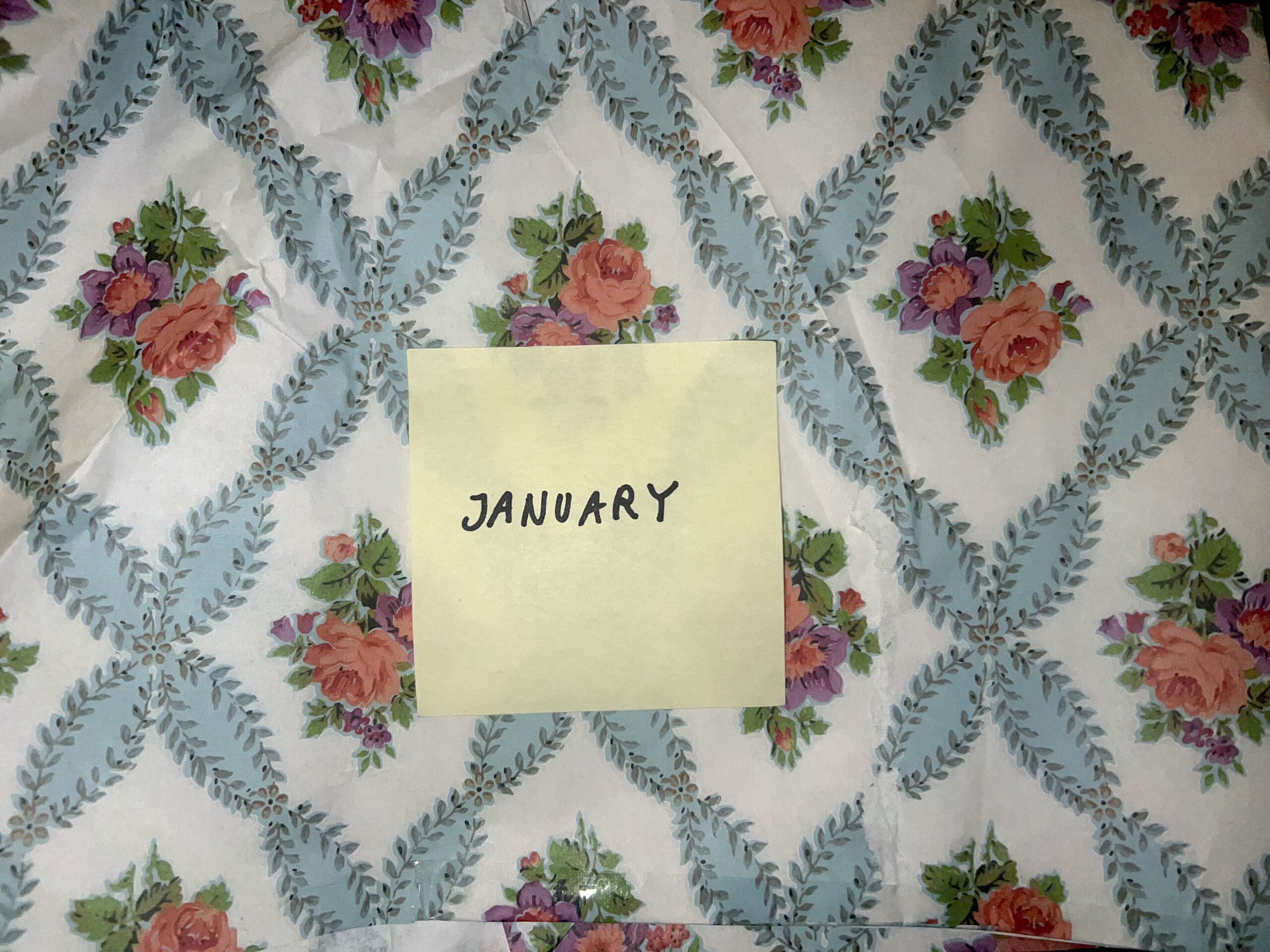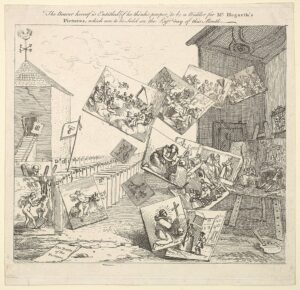
Each month, we comb through dozens of soon-to-be-published books, for ideas and good writing for the Review’s site. Often, we’re struck by particular paragraphs or sentences from the galleys that stack up on our desks and spill over onto our shelves. We often share them with each other on Slack, and we thought, for a change, that we might share them with you. Here are some of the curious, striking, strange, funny, and wonderful bits we found, in books that are coming out this month.
—Sophie Haigney, web editor, and Olivia Kan-Sperling, assistant editor
From Antonio di Benedetto’s novel The Suicides, originally published in Spanish in 1969 and newly translated by Esther Allen (NYRB Books):
Leaning forward, I scrutinized the photos. Each showed a human body, fully clothed, lying on the ground. “I see that all three are dead,” I said.
“That’s not a particularly clever response.”
I could tell the biting tone was a warning. I needed to see better, and faster.

William Hogarth, The Battle of the Pictures, via Wikimedia Commons. Public domain.
Peter Szendy’s For an Ecology of Images (Verso) discusses “iconomies” of images: picture markets, places where images circulate and compete economically. It includes an extended commentary on William Hogarth’s curious 1745 etching The Battle of the Pictures, reproduced above:
The scene in The Battle of the Pictures is that of the auction market where one seeks—sometimes in spectacular or acrobatic fashion—the point of equilibrium between offer and proffer, the best price. But, on the other hand, the engraving also asks us to think about something else, through its near disappearance of human agents and its infinite multiplication of images (letting them proliferate until the image’s own vanishing point). It takes us to the limits of the iconomic market and points to what lies beyond and outside it.
Equality (Polity), an edited conversation between the economist Thomas Piketty and the political philosopher Michael Sandel conducted in May 2024 at the Paris School of Economics, begins with the following remark from Piketty:
Let me first state that I am optimistic about equality and inequality.
From Saidiya Hartman’s “Crow Jane Makes a Modest Proposal” in Five Manifestos for the Beautiful World (Duke University Press):
Like the quiet storm, [Jane Crow’s] modest proposal is easy listening, nothing but legible speech without any discordant tones or ugly feelings; it is assimilable, digestible, delectable as good negroes are wont to be. … No fuck it, no burn it down, no complete program for disorder, no riot, no unrepentant destruction. Just this metaphorical aptitude, this plasticity, this figurative capacity or talent for becoming whatever is required or nobody at all, just the tender gift of reproductive labor in service of the order, the embrace of her beautiful humiliation, the betrayal of her volition, the dulcet tones of submission, the vow to wait, to keep waiting and waiting until oblivion, the propensity to endure until hardly any of us are left standing, just the appeal father may I, master may I, man may I …
From Lyndsy Spence’s biography of Vivien Leigh, Where Madness Lies (Pegasus Books):
‘Oh, the bliss of not having to go mad, commit suicide, or contemplate murder,’ Vivien Leigh told the waiting reporters as she stepped off the aeroplane and on to the airfield in Colombo, Ceylon. … She was exhausted after the long flight by way of London, Rome, Beirut, Bahrain and Bombay. Her leading man, Peter Finch, took her by the arm and escorted her through the sea of reporters and curious faces who hoped to catch a glimpse of the star. The humidity was suffocating and the heat swept over her like a furnace. She stopped to catch her breath, before adding, ‘My character is … a normal healthy girl.’

